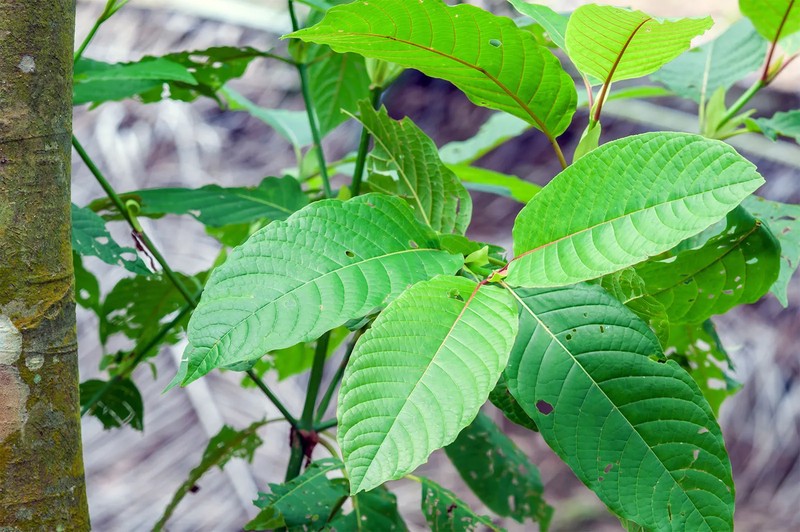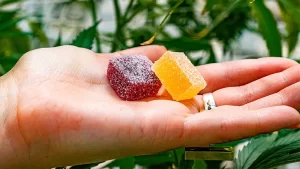
Kratom’s journey around the world is a testament to its rich cultural heritage and diverse range of traditional uses and customs. Originating in the lush forests of Southeast Asia, kratom has been an integral part of the region’s indigenous cultures for centuries, revered for its medicinal, spiritual, and social significance. In countries like Thailand, Malaysia, Indonesia, and Papua New Guinea, kratom holds a sacred place in rituals, ceremonies, and everyday life, where it is often referred to as “krathom,” “ketum,” or “biak.”
In Southeast Asia, kratom has been traditionally used by laborers, farmers, and villagers to alleviate fatigue, enhance productivity, and cope with the physical demands of manual labor. Its stimulant-like properties provide energy and stamina, allowing individuals to work long hours in the fields or forests without succumbing to exhaustion. Additionally, kratom is used as a natural remedy for a variety of ailments, including pain, diarrhea, fever, and coughs, with different strains and preparations tailored to specific health concerns.
Beyond its medicinal and utilitarian uses, kratom plays a central role in social gatherings, community events, and religious ceremonies throughout Southeast Asia. In Thailand, for example, kratom leaves are often chewed or brewed into a tea during festivals, weddings, and other celebrations, where they serve as a symbol of hospitality, camaraderie, and goodwill. Similarly, in Malaysia and Indonesia, kratom is offered as a gesture of friendship and respect, fostering bonds of kinship and solidarity among friends and family members.
In recent years, kratom strain for pain popularity has transcended borders and cultures, gaining recognition and acceptance in various parts of the world for its potential therapeutic benefits and recreational uses. In the United States and Europe, kratom has emerged as a popular natural remedy for pain management, anxiety, depression, and opioid withdrawal, with an increasing number of individuals turning to kratom as an alternative to prescription medications and illicit drugs.
In addition to its medicinal and recreational uses, kratom has also found its way into the realm of art, literature, and popular culture, inspiring artists, writers, and musicians to explore its mystical and transformative qualities. From paintings and sculptures depicting kratom’s natural beauty to poems and songs celebrating its healing powers, kratom continues to captivate and inspire creativity in all its forms.
Despite its growing global presence, kratom remains deeply rooted in its cultural origins, where it continues to be cherished, respected, and revered as a gift from the earth. As kratom continues to journey around the world, its cultural uses and traditions serve as a reminder of the profound connection between humans and the natural world, and the enduring power of plants to nourish, heal, and unite us in our shared humanity.



